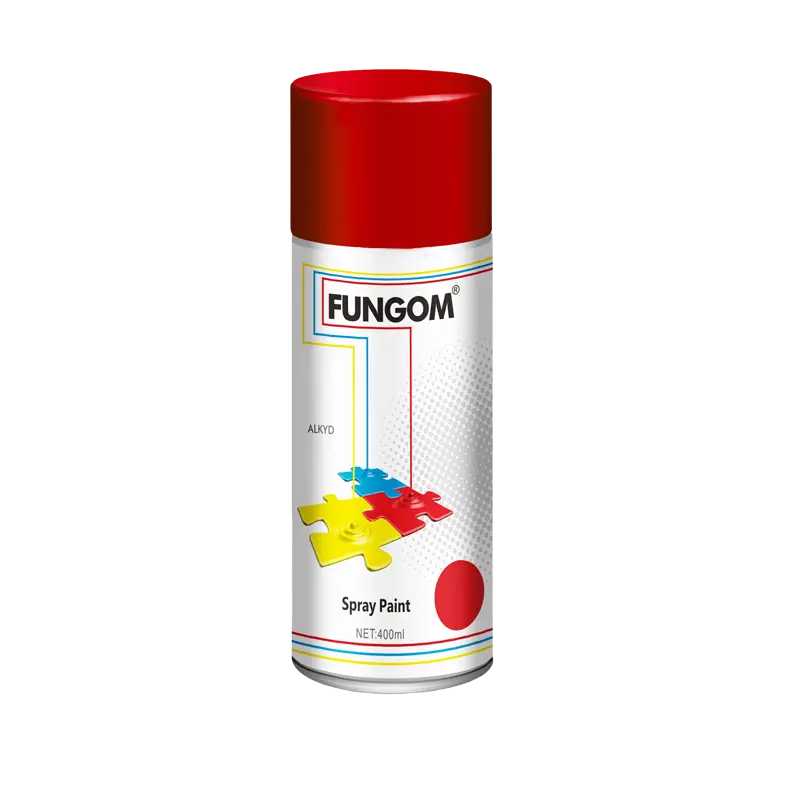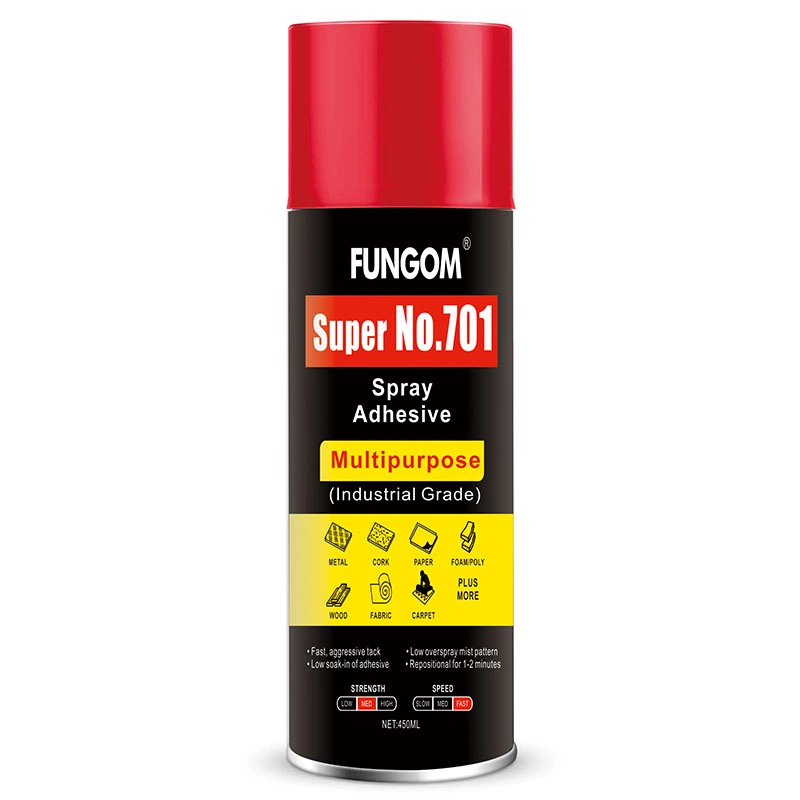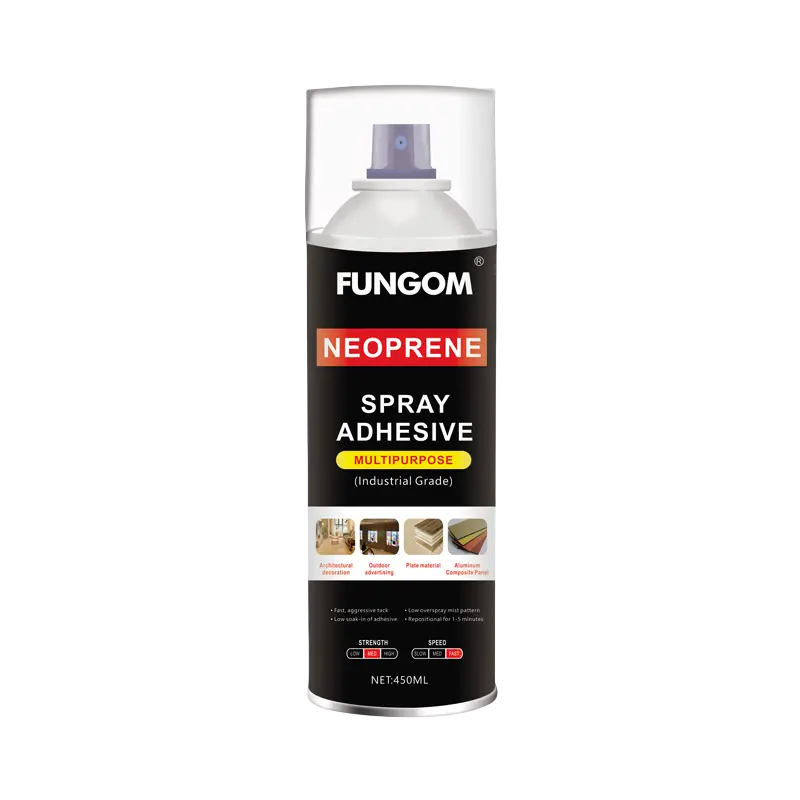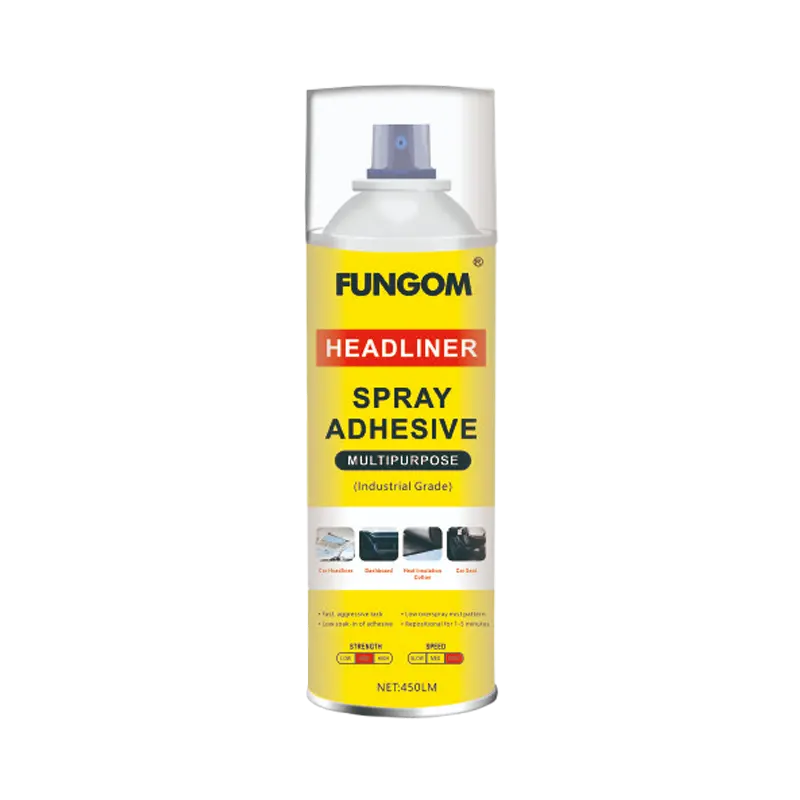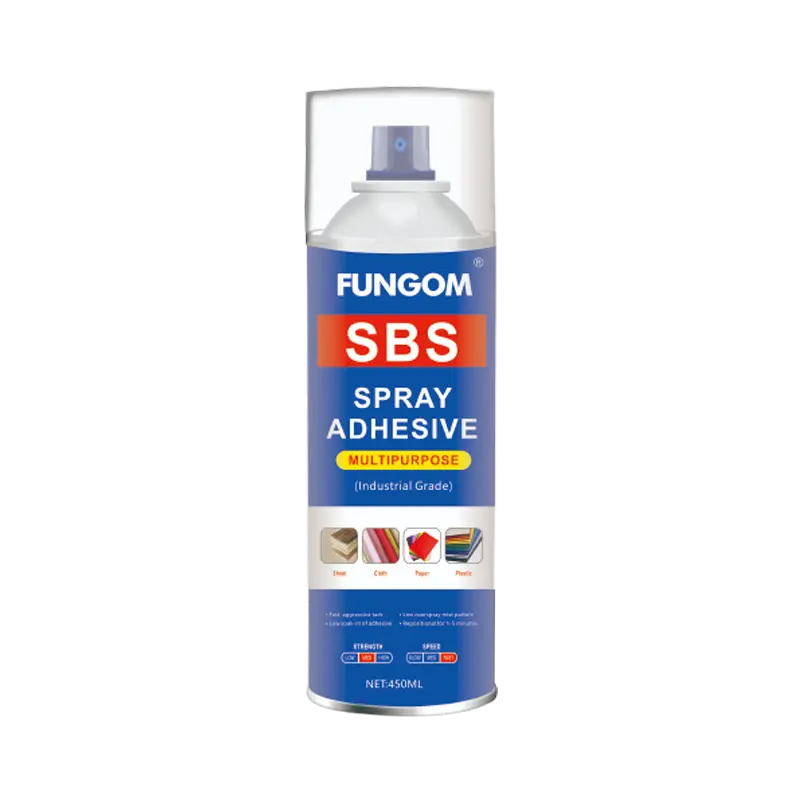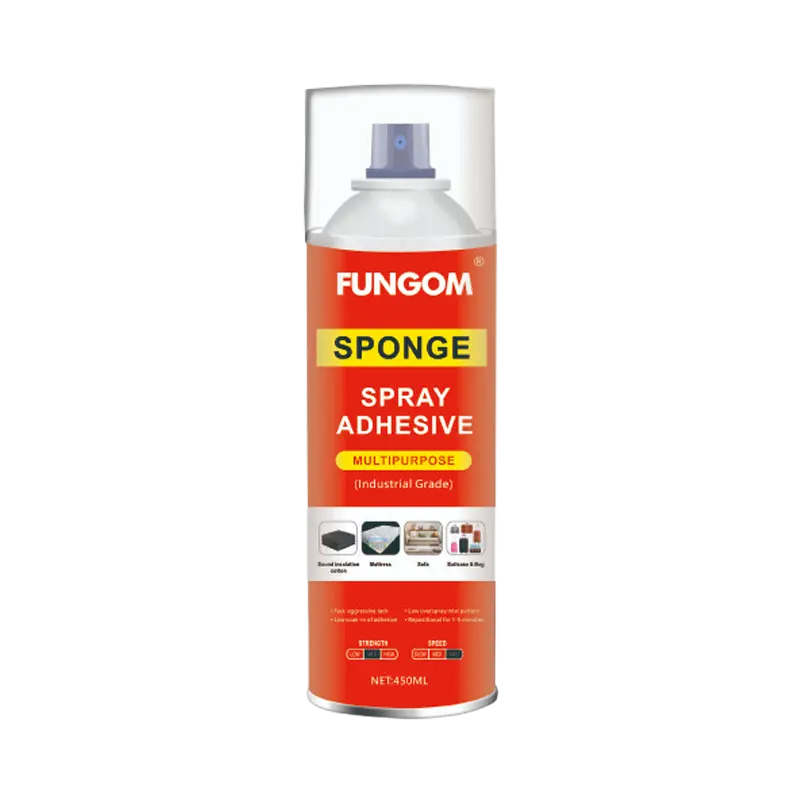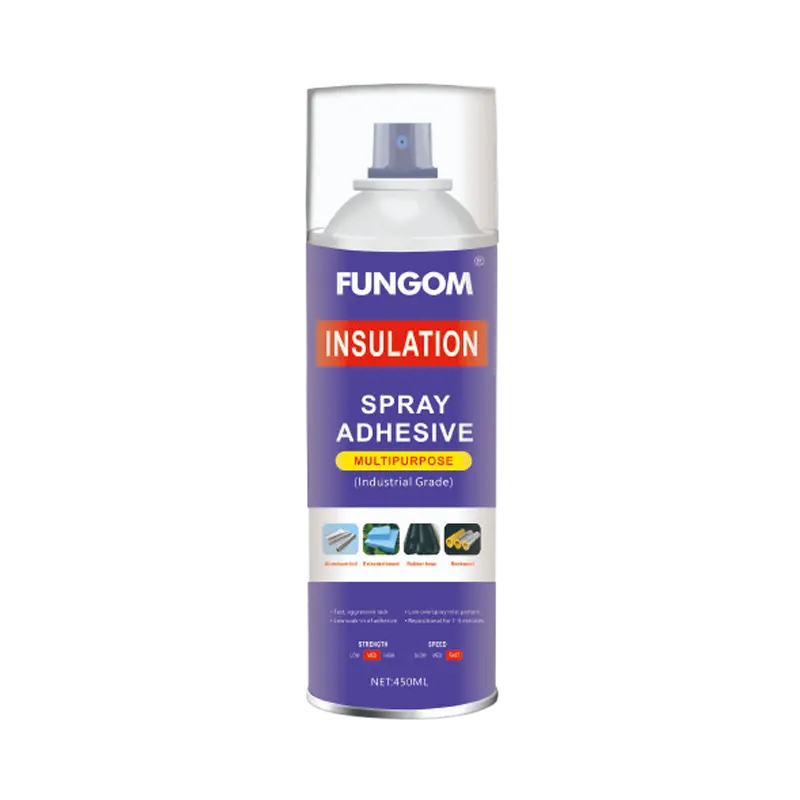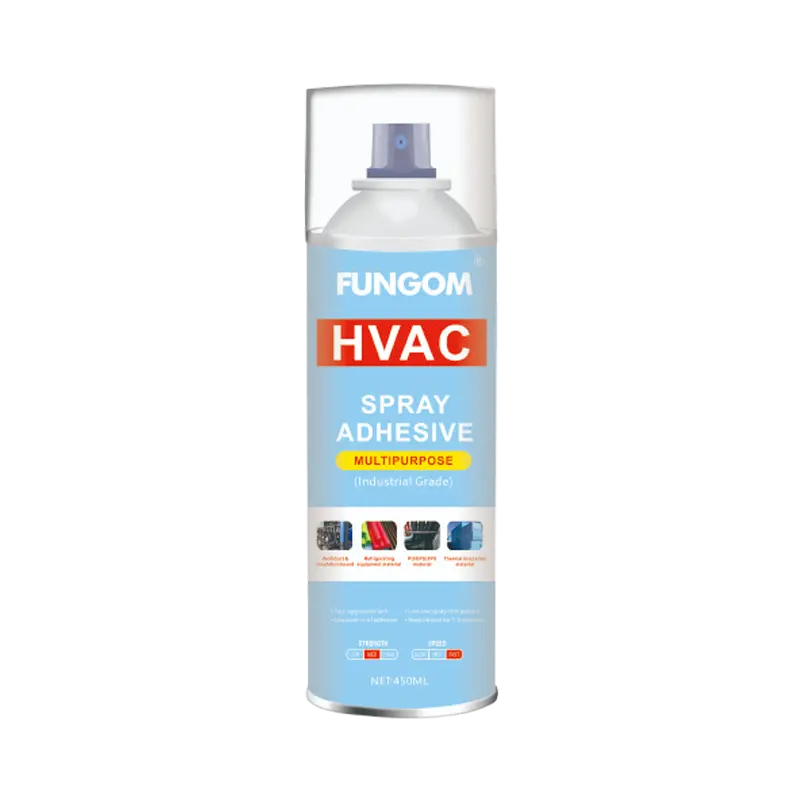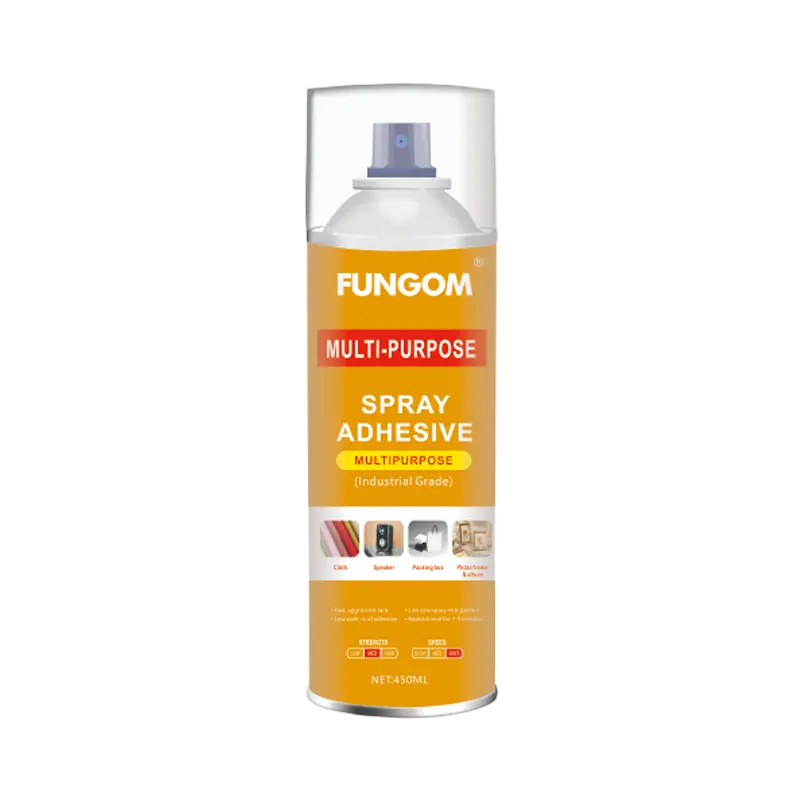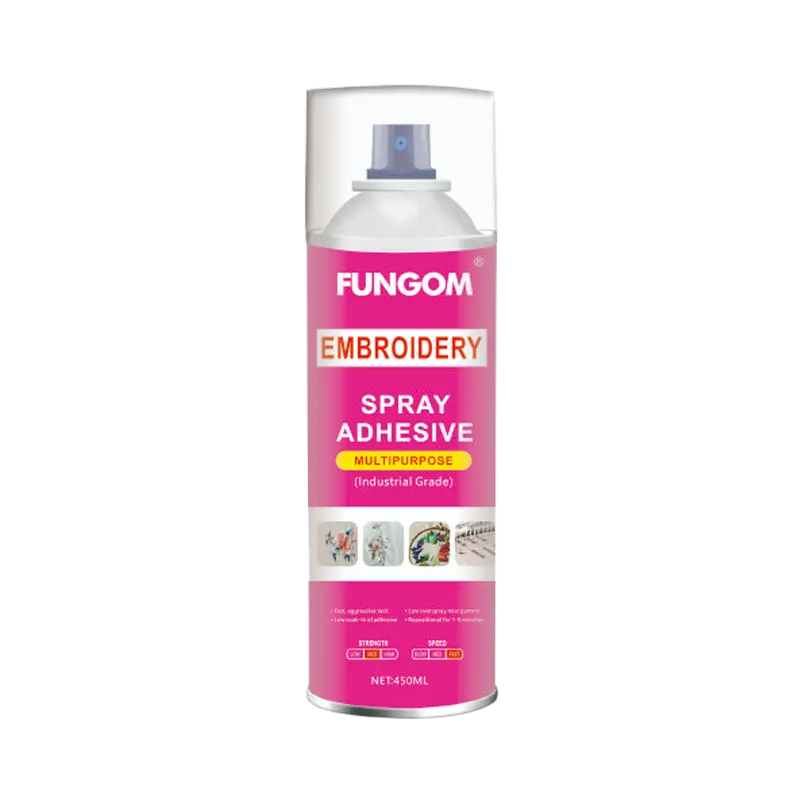Acrylic spray paint, as a commonly used paint, is loved by art lovers and craftsmen because of its bright colors, fast drying, and strong adhesion. So, how to use acrylic spray paint correctly? Next, we will introduce the use of acrylic spray paint in detail.
Preparation
Before using acrylic spray paint, you first need to do a good job of preparation. This includes the selection of suitable spray painting tools, such as spray guns, spray cans, etc., to ensure that the tools are clean and intact. At the same time, you also need to prepare protective equipment, such as gloves, masks, and goggles, in order to prevent the harmful substances produced during the spray painting process from causing harm to the body. In addition, it is also very important to choose a well-ventilated workplace to ensure air circulation during the spray painting process. These are the necessary prerequisites to achieve adequate acrylic spray paint uses
Surface treatment
Before using acrylic primer undercoat spray, preparing the surface to be sprayed is an essential step. First of all, you need to remove the dust and dirt on the surface to ensure that the surface is clean and dust-free. If the surface has old paint or oil, you also need to use the appropriate cleaner to clean it. Next, the surface is sanded to increase the adhesion and uniformity of the spray paint. Finally, wipe the surface with a clean cloth to ensure that there is no residual moisture or cleaning agent. If you are going to use fluorescent acrylic spray paint, it is recommended to use a white primer to ensure a perfect color spray effect.
Spray paint operation
When the preparation work is completed, you can start the spray paint operation. First, gently shake the acrylic spray undercoat can to make the paint mix evenly. Then, adjust the spraying distance and angle of the spray gun or spray can according to the desired effect. During the spraying process, keep the gun or spray can moving at an even speed to avoid staying too long and causing paint buildup. At the same time, pay attention to controlling the thickness of spraying to avoid running or dripping. For areas requiring multi-layer spraying, wait for each layer of paint to dry before spraying the next layer.
Follow-up treatment
After the spraying is completed, some follow-up treatment is also required. First, let the paint fully dry, according to the drying time of acrylic spray paint, make reasonable arrangements for follow-up operations. Secondly, for areas that need to be sanded, you can use fine sandpaper for light sanding to make the surface smoother. Finally, if you need to increase the gloss or protective coating, you can use clear lacquer or varnish to cover.
In summary, the use of acrylic spray painting requires adequate preparation, surface treatment, mastering the correct spray painting operation skills, and the necessary follow-up treatment. Only in this way can the advantages of acrylic spray painting be fully utilized to create beautiful and durable works.
Similar topics that may interest you:
Anti Rust Lubricant Spray Use
How to use acrylic spray paint
Acrylic spray paint uses
What is acrylic spray paint






























